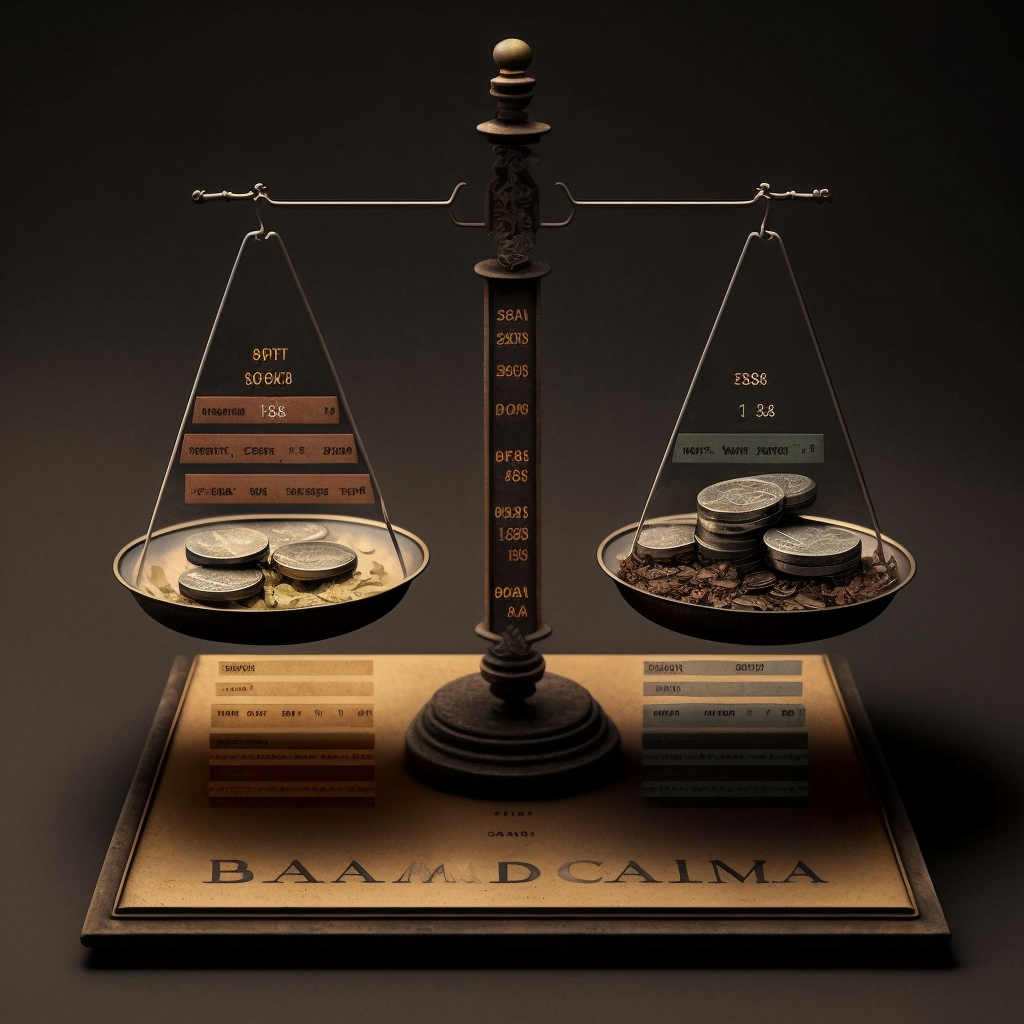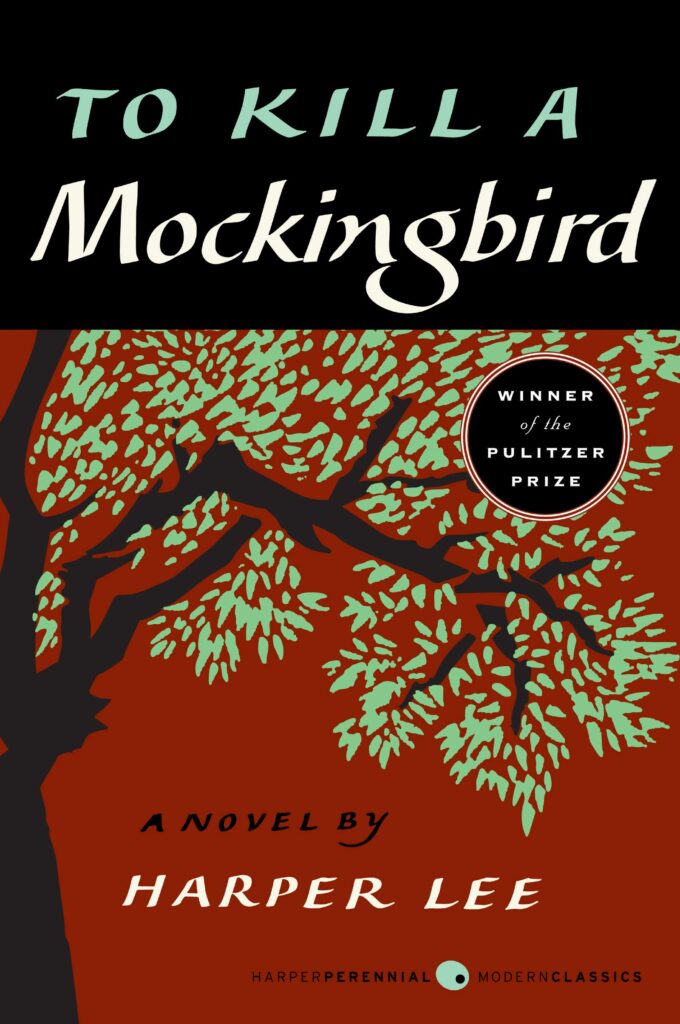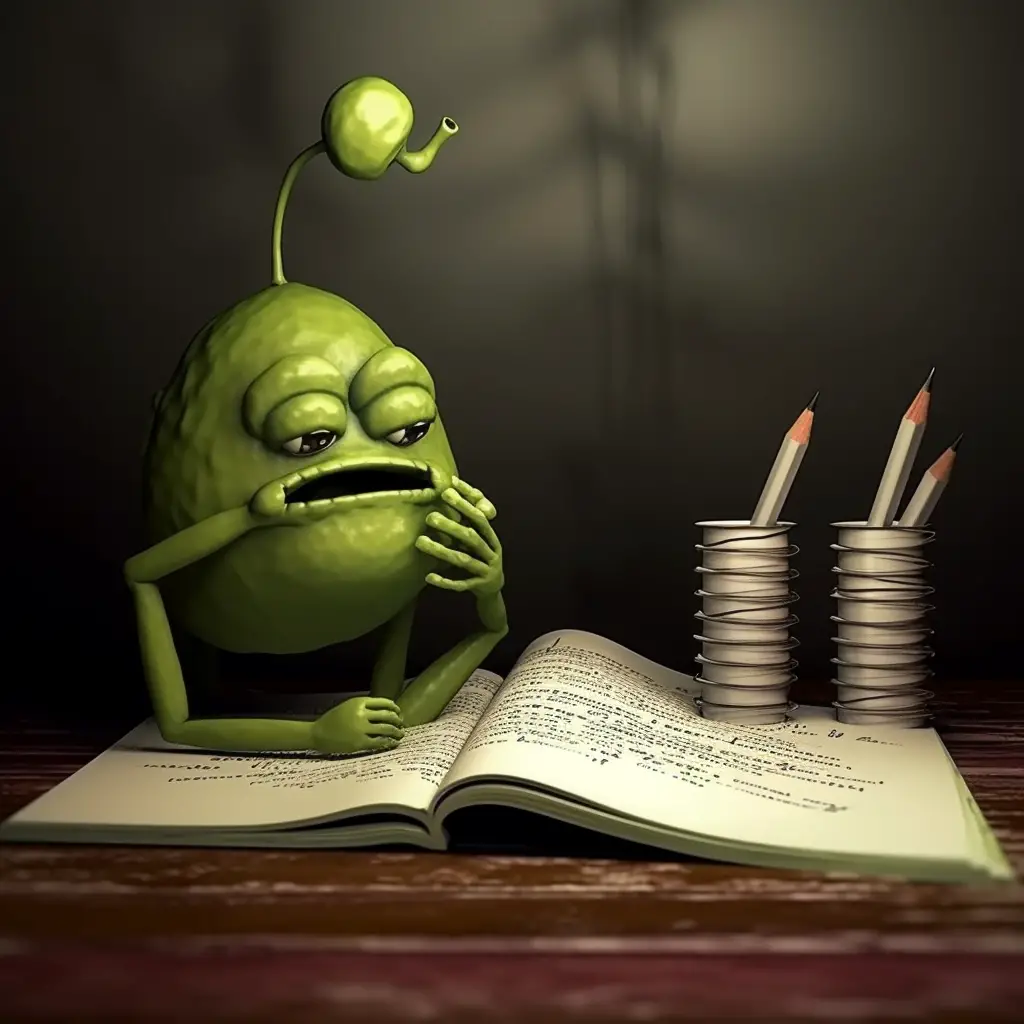
Rhyme is a type of writing style where words with similar sounds and endings are used together to create a pleasing effect. It‘s often used in poetry and songs, but can also be found in everyday conversation! Plus, it‘s a great way to make your writing more creative and fun.
Some fun examples of rhyming in writing are:
- “The cat in the hat, sat on a mat.”
- “The frog went a–hopping, he didn‘t stop shopping.”
- “The prince and the princess were in a mess, but they sorted it out with a giant yes!”
The Basics of Rhyme: Types and Patterns
Rhyming isn’t just about making words sound the same. There are different types and patterns that can add a little spice to your writing. Imagine each type of rhyme as a different ingredient in a scrumptious literary soup!
End Rhyme:
End rhyme is the most common type of rhyme. It occurs when the final words of two or more lines have the same sound. It’s like the perfect matching shoes to an outfit, giving your writing a polished look.
Internal Rhyme:
Unlike end rhyme, internal rhyme happens within a single line or between two lines. It’s like a surprise party happening inside the text, making the reader smile as they discover these hidden gems.
Slant Rhyme:
Slant rhyme is when words have similar, but not identical, sounds. Imagine two people wearing the same shirt, but in different colors. They’re not exactly the same, but they still create a sense of unity.
Eye Rhyme:
Eye rhyme is when words look the same but sound different, like “love” and “move.” It’s like a painting that looks great from afar but reveals its true colors when you take a closer look.
How to Craft the Perfect Rhyme: Tips and Tricks
Creating a rhyme isn’t just about putting words together that sound similar. It’s an art form that takes practice and a keen ear. Here are some tips and tricks to help you become a rhyming maestro:
- Listen closely: Pay attention to the sounds of words when speaking or reading. This will help train your ear to recognize rhymes.
- Experiment: Play around with words and phrases. Don’t be afraid to mix and match until you find the perfect rhyme.
- Use a thesaurus: A thesaurus is a writer’s best friend. It can help you find words with similar meanings that might also rhyme.
- Keep it simple: Remember, you’re writing at a grade 6 level. Avoid using complicated words or phrases that might confuse your readers.
- Embrace the unexpected: Don’t be afraid to be playful and surprise your readers with unconventional rhymes.
Examples to Inspire Your Rhyming Journey
Sometimes, seeing examples can spark your creativity and help you understand the concept better. Here are some rhymes that showcase the different types and patterns mentioned earlier:
- End Rhyme: “Roses are red, Violets are blue, Sugar is sweet, And so are you.”
- Internal Rhyme: “Once upon a midnight dreary, while I pondered, weak and weary, Over many a quaint and curious volume of forgotten lore”
- Slant Rhyme: “I met a traveler from an antique land Who said: “Two vast and trunkless legs of stone Stand in the desert . . . Near them, on the sand, Half sunk, a shattered visage lies . . . “
- Eye Rhyme: “Rough winds do shake the darling buds of May, And summer’s lease hath all too short a date.”
Rhyme is a fantastic tool for adding rhythm, beauty, and creativity to your writing. Whether you’re penning a poem or spicing up a story, understanding the different types of rhymes and how to create them will make your writing sing. So, grab your pen, and let the rhyming adventure begin!
If you’re thirsty for more writing knowledge, head over here to learn all 74 literary devices.





